JustSomeNerdyGuy
Rough_Rock
- Joined
- Apr 15, 2014
- Messages
- 10
I am trying to decide between two diamonds on James Allen. The gemologist said that diamond one has better face up light performance than diamond two. It looks to me like the ideal scope says that second diamond is better! Who should I trust? Are they trying to sell me the worse stone for more profit? Am I reading these ideal scope images wrong? Are both of these stones bad?
Diamond ONE Diamond TWO
Price $6,790 $6,810
Carat 0.9 0.9
Color e d
Clarity vs1 vs1
Symmetry ex vg
HCA 2 1.6
Depth 62.1 61.5
Table 57 57
Crown 34.5 35
Pavilion 41 40.8
Star Length 45% 50%
Lower Half 75% 80%
Diamond ONE

Diamond TWO
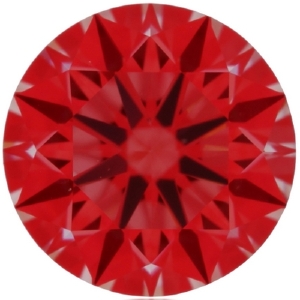
Diamond ONE Diamond TWO
Price $6,790 $6,810
Carat 0.9 0.9
Color e d
Clarity vs1 vs1
Symmetry ex vg
HCA 2 1.6
Depth 62.1 61.5
Table 57 57
Crown 34.5 35
Pavilion 41 40.8
Star Length 45% 50%
Lower Half 75% 80%
Diamond ONE

Diamond TWO




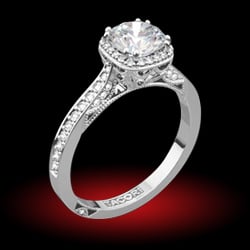
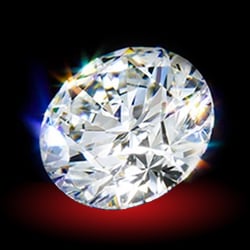




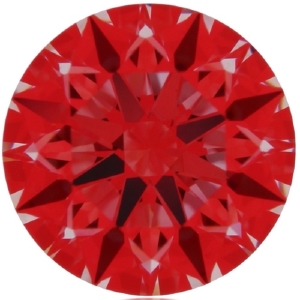
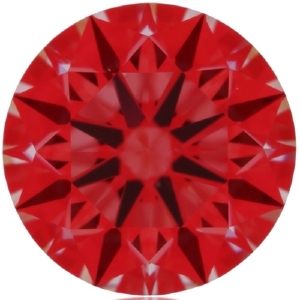


300x240.png)